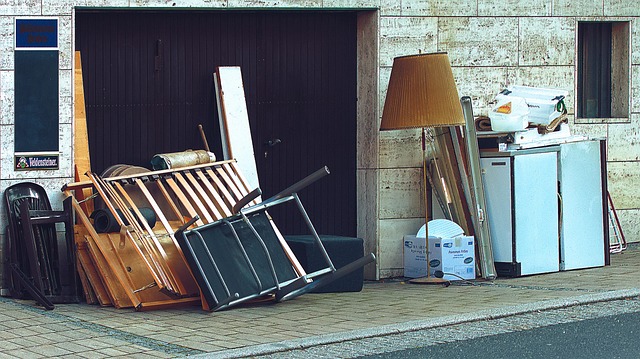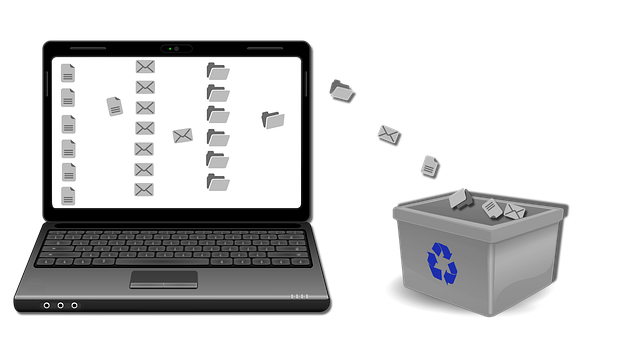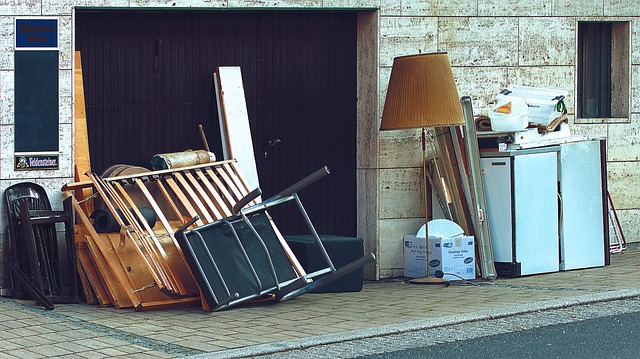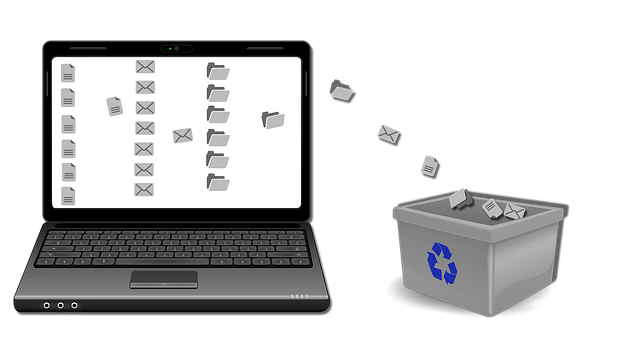TL;DR:
Assessing your home involves evaluating each room for clutter, inefficient storage, and chaotic areas, as well as observing daily routines to identify root causes of disorganization. This process reveals unique needs, guiding personalized decluttering techniques and maintenance plans. Overcoming sentimental attachment is crucial; digitizing memories and keeping only meaningful items helps achieve a clutter-free space while preserving cherished memories. The goal is calm, organized living through targeted interventions and streamlining possessions.
Taming chaos in organized living spaces is not just about aesthetics; it’s about reclaiming control over your environment. This comprehensive guide delves into the art of transforming bustling, cluttered homes into serene sanctuaries using proven strategies like the KonMari method. We explore how to identify sources of disarray, evaluate storage solutions, and implement sustainable routines that prevent clutter regrowth. Discover tips for strategic decluttering, optimizing storage, and embracing minimalism for a home that truly reflects your style and peace of mind.
- Assessing Your Current Space and Habits
- – Identifying sources of clutter and chaos
- – Understanding personal attachment to items
Assessing Your Current Space and Habits

Assessing your current space and habits is the first step in achieving organized living. Start by evaluating each room in your home, taking note of clutter buildup, inefficient storage solutions, and any areas that consistently feel chaotic. Observe your daily routines and habits—how you interact with your space, where items are stored, and what systems (or lack thereof) are in place for keeping things tidy. Identifying these patterns will help you understand the root causes of disorganization and tailor your organization strategies accordingly.
Through this assessment, you’ll uncover valuable insights into your home’s unique needs. You may discover that certain rooms require more storage solutions to accommodate your possessions, while others need a complete overhaul of their organizational systems. By understanding your space and habits, you can begin implementing effective decluttering techniques and create a personalized plan for maintaining a calm, clutter-free environment.
– Identifying sources of clutter and chaos

Many times, the first step towards achieving organized living spaces is identifying the sources of clutter and chaos. It could be a lack of storage solutions, excessive accumulation of items, or even an influx of stuff that no longer serves a purpose. Home organization and decluttering start with acknowledging these areas of difficulty.
By systematically evaluating each room and corner of your home, you can pinpoint problem zones and understand where the clutter is coming from. This process allows for targeted interventions, ensuring that storage strategies are tailored to specific needs. Whether it’s implementing creative shelving systems, adopting digital solutions to reduce paper waste, or setting strict purchase limits, identifying sources of chaos is key to transforming spaces into serene and functional areas.
– Understanding personal attachment to items

Many people struggle with letting go of belongings, as items often hold sentimental value or represent significant memories. Understanding personal attachment is a crucial step in the home organization and decluttering process. It’s natural to form emotional connections with possessions—a favorite toy from childhood, a handmade gift, or a piece of furniture passed down through generations. However, keeping every item that sparks an emotion can lead to cluttered spaces and hinder the sense of calm and order we seek.
Recognizing that attachment is often temporary and that memories can be preserved without physical objects is essential. By reflecting on what truly matters and how to honor those feelings in a more streamlined way, individuals can begin to let go of excess items. This may involve creating photo albums, writing down stories, or keeping only the most meaningful representations of special moments and relationships.
Taming chaos and creating organized living spaces starts with understanding your current environment and habits. By identifying sources of clutter and recognizing the emotional attachments we have to our belongings, we can begin the journey towards a more peaceful and streamlined home. Incorporating simple decluttering techniques can significantly enhance our quality of life, making our homes not just structured, but also soothing and inspiring. Embrace the power of home organization to reclaim control, reduce stress, and unlock a happier, more balanced lifestyle.
